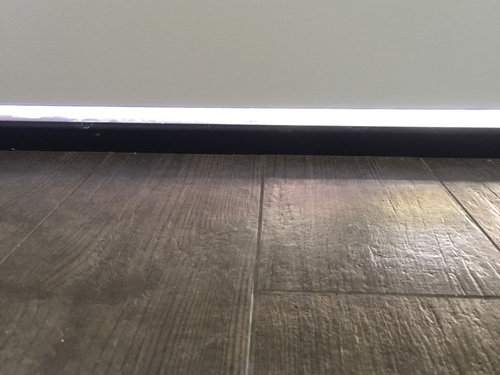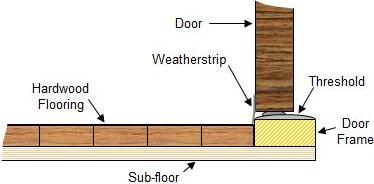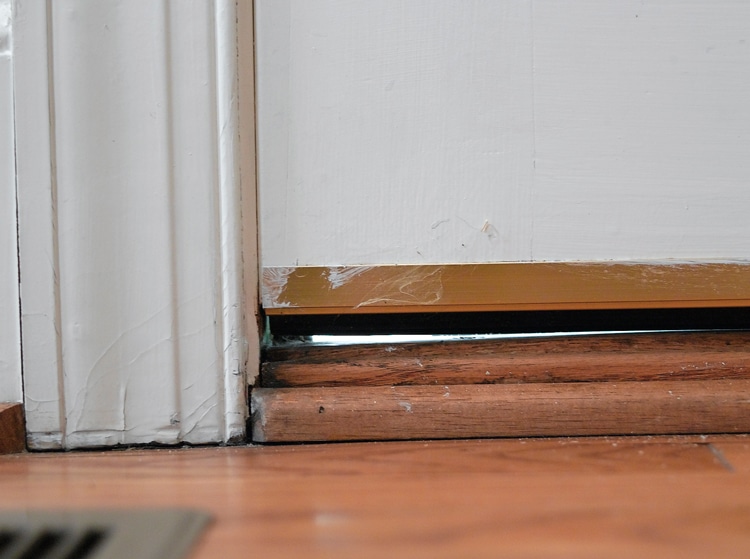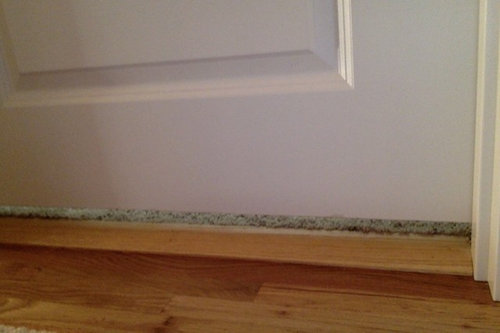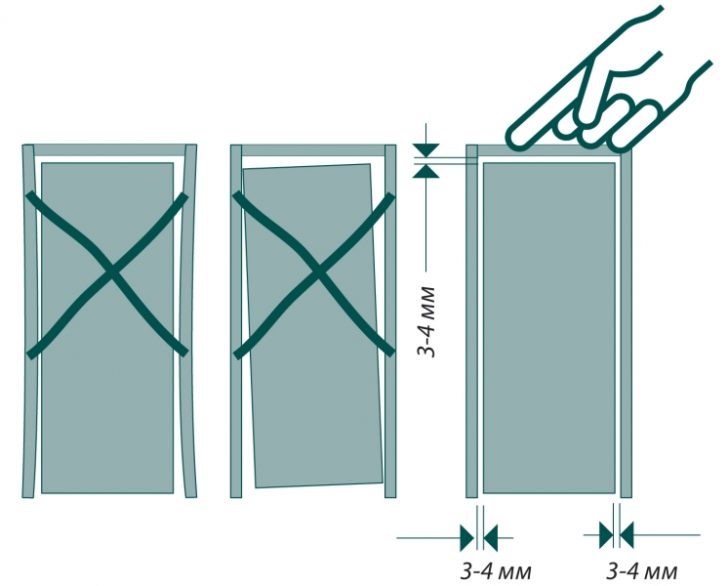In other words the door gap dimensions must be within nfpa 80 s specifications along the full height of the vertical edges and across the full width of the doors at the tops and bottoms.
Standard gap between exterior door and floor.
In addition most trim carpenters hold the bottom of the door 1 above hardwood floors to accommodate any rugs that may get put on the floor.
The most common solution is to add wood planks to the floor not the door.
To fix the issue the doors need to be removed bottom of the jambs cut and reset the door.
Craftsmanship standards on the other hand tend to want the gap below the door to be as small as 1 2 at times but this leaves no room for rugs.
I have never seen a door set with that big of a gap unless it was to get past floors that were not level.
That is a lot of room for unlevel you have there.
Between a leaf of interior doors and the floor it is required to leave a gap of at least 2 2 5 cm to provide natural ventilation.
Most entry door frames have a piece of lumber below the door and combined with the metal threshold will raise the base of the door off the concrete or wood sub floor by approximately 1 1 4 inches as shown in figure 2.
There is a 1 5 inch gap between the threshold and the bottom of the wooden door.
These are called saddles.
These are most commonly available in unfinished oak or.
It is more effective to leave 4 mm and more for rooms with high humidity and for doors made from materials absorbing well moisture.
The standard i use is 1 2 over finish floors 3 4 is acceptable.
Nfpa 80 s clearance dimensions apply to the entire perimeter around and under the doors and between paired doors.
Reasonable gap between exterior door and threshold.
The usually are 1 2 to 3 4 inches thick.
They are centered under the door and reduce airflow and noise.
A gap of 4 cm is allowed for convenient and safe door opening.
They are specialized moldings usually about 3 to 6 inches wide with tapered edges.


